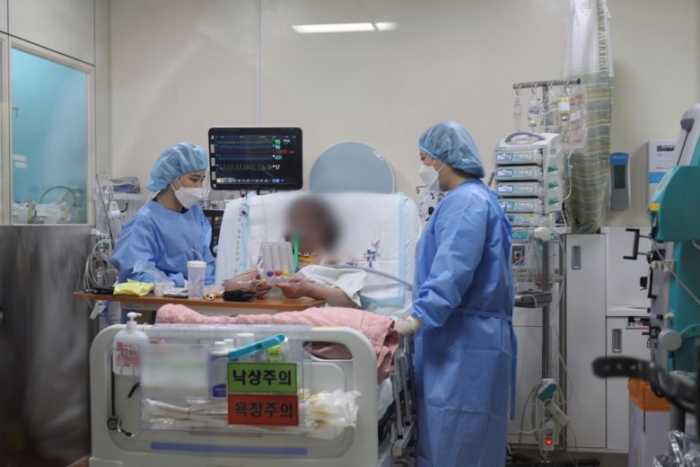
South Korea’s early success to tame the novel coronavirus through aggressive contact tracing and testing has been touted by disease experts worldwide as gold standard of how to effectively control infectious disease.
Its early state intervention limited widespread community infections and helped hospitals keep sickbeds available for severely affected patients.
But its extremely low rate of public hospital beds – only 10% of total – remains a potential weak spot, as the country continues to battle small but persistent outbreaks and front-line public healthcare workers suffer burnout after more than six months of treating COVID-19 patients.
South Korea had the second highest number of hospital beds, next to Japan, in 2017 with 12.3 beds per 1,000 population, double the Organisation for Economic Cooperation and Development’s (OECD) average of 4.7, according to an OECD report.
But public hospital beds account for just 10% of total, far below most advanced countries: according to NHIS, the rate is 100% in Britain, 63% in France, 26% in Japan and 25% in the United States.
South Korea’s national healthcare insurance, which covers the entire 50 million population, has so far spent 132 billion won ($109 million) treating COVID-19 patients and the amount is likely to rise above 200 billion won this year, according to NHIS.
That’s equivalent to $3,600 for a mild patient and $10,000 for a serious one, who can cost up to $58,000 to treat.
The country has reported a total of 13,551 confirmed cases and 289 deaths, sharply lower than most countries.

